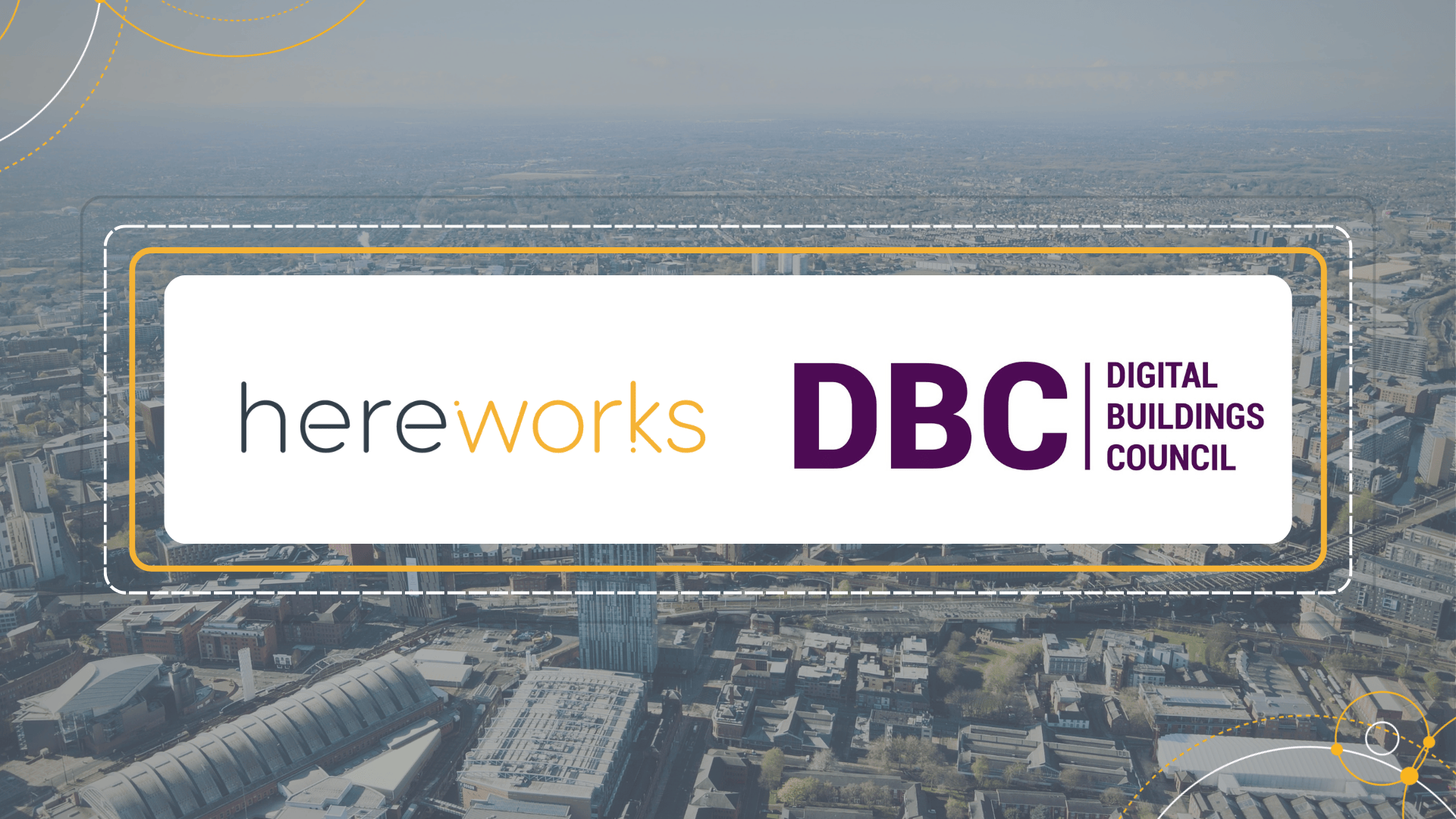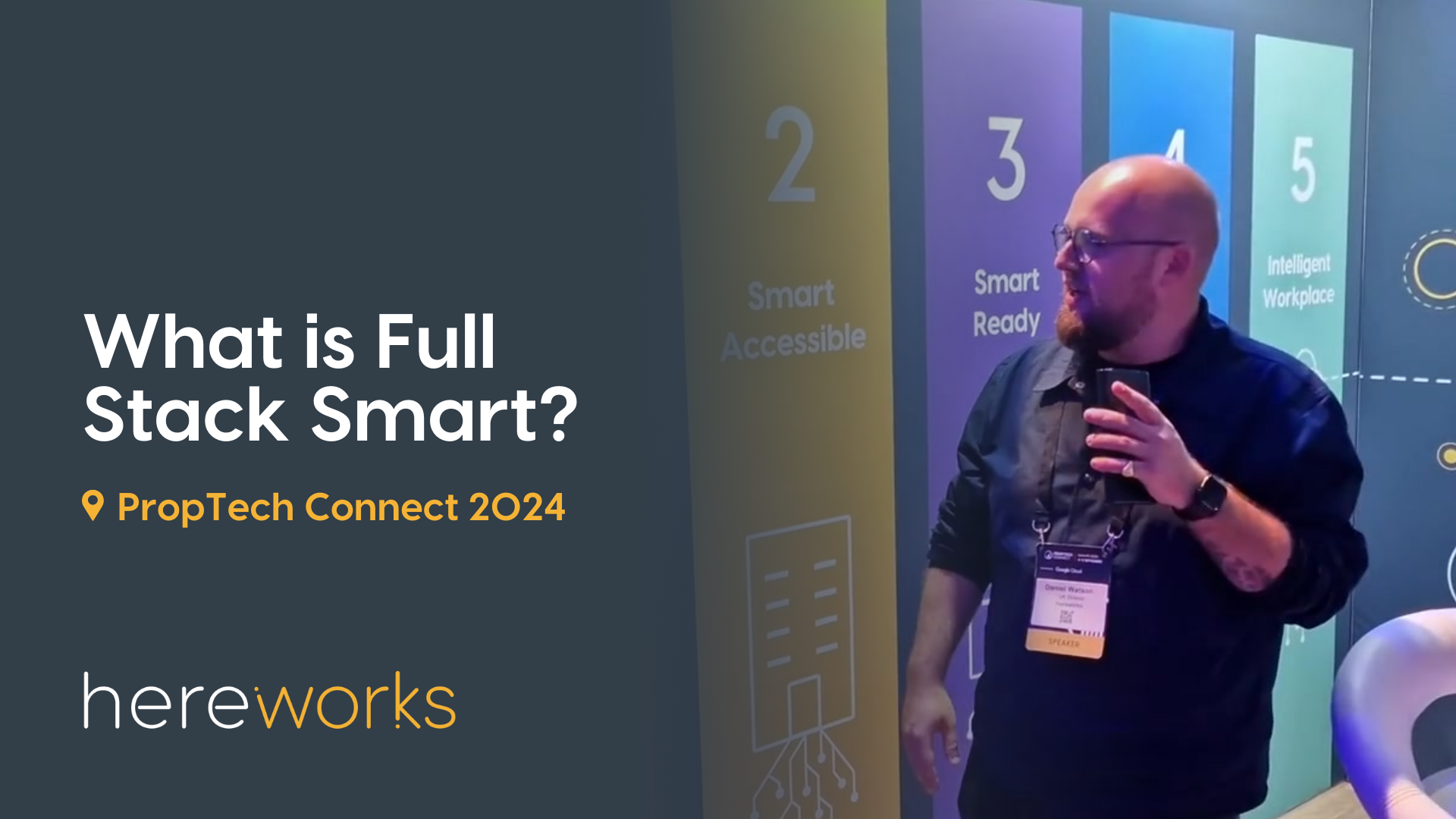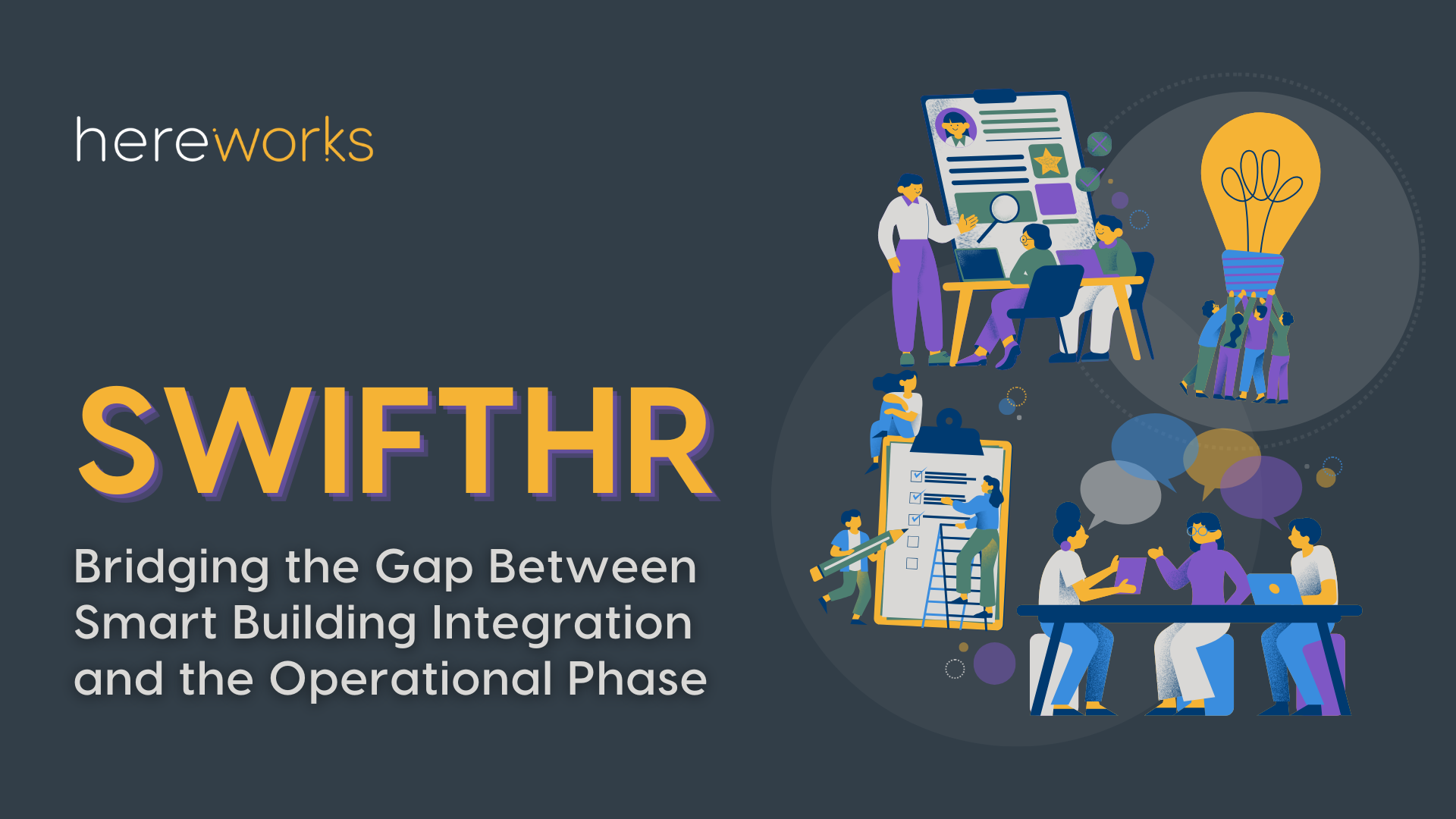
SWIFTHR: Bridging the Gap Between Smart Building Integration and the Operational Phase
Smart buildings are becoming the standard for modern workplaces, leveraging advanced technologies to optimise energy use, sustainability, and occupant well-being. However, despite these innovations, organisations frequently miss the mark in effectively actioning the insights these systems provide. The root problem? There is a lack of clear responsibility for addressing the human-centric insights that can dramatically improve the workplace experience. This raises the following questions: who manages a smart building, and who owns the operational output of smart buildings? Who should manage and own smart in an organisation?
Enter SWIFTHR: a revolutionary framework for bridging organisational silos and unlocking the full potential of smart building data.
What is SWIFTHR?
SWIFTHR, a concept developed by Tomás Mac Eoin, Hereworks CEO, is a cross-functional, agile team that places human well-being at the heart of smart building management. Unlike traditional frameworks where responsibilities are fragmented across facilities, IT, real estate, and workplace teams, SWIFTHR creates a centralised mechanism led by Human Resources (HR) professionals.
SWIFTHR is an acronym for Safety, Workplace, IT, FM, Technology, HR and Real Estate.
This new approach prioritises occupants’ physical and mental health while simultaneously enhancing productivity and optimising costs.
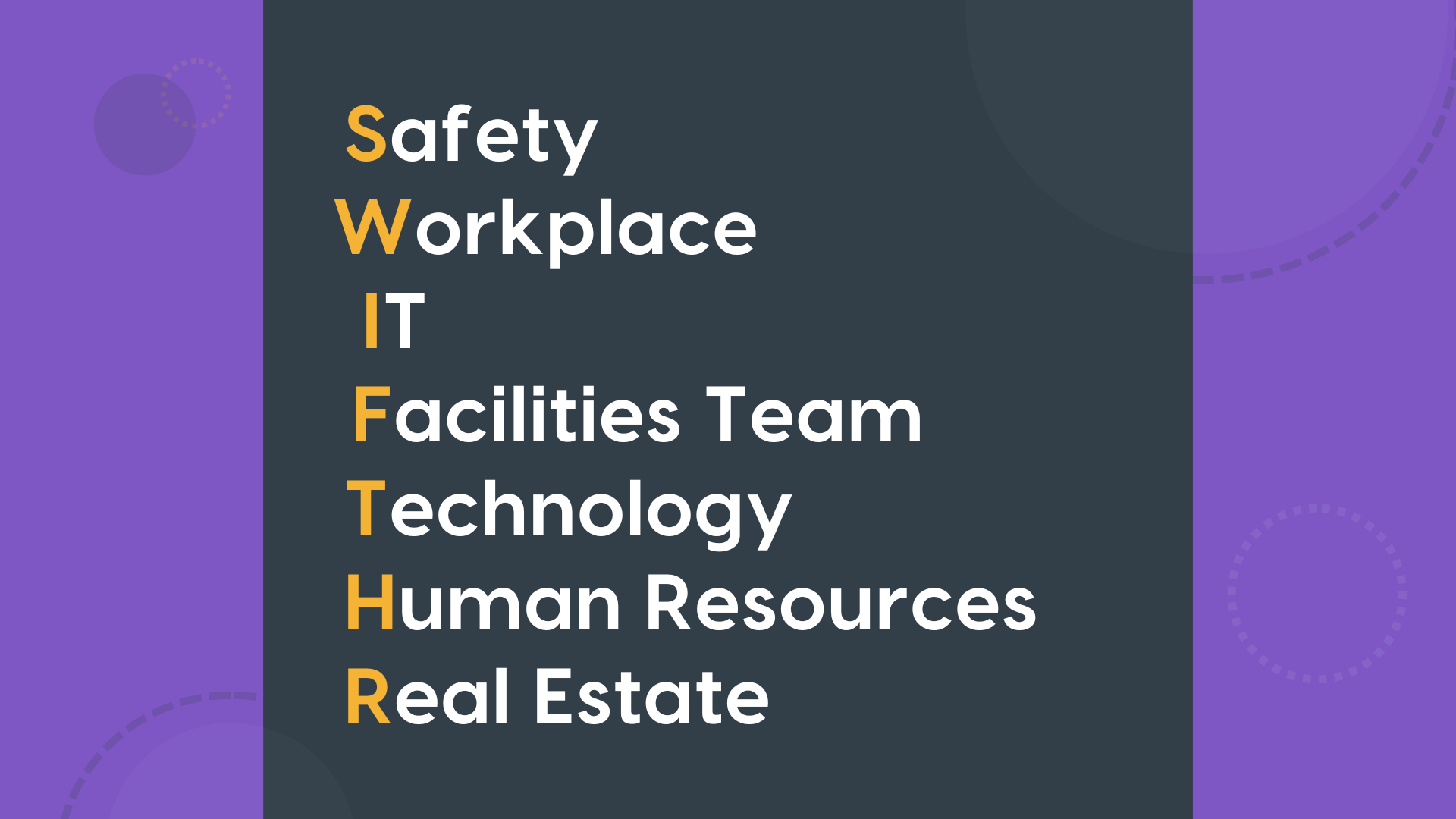
The Problem with Traditional Smart Building Teams
Traditional smart building management involves stakeholders such as:
- Real Estate Teams: Focused on space utilisation and cost reduction.
- Facility Management (FM): Responsible for physical operations, energy savings, and plant efficiencies.
- Workplace Leaders: Concerned with desk booking, lockers, and other day-to-day operations.
- Health and Safety Teams: Occasionally involved but often hesitant due to potential exposure of sensitive data.
These stakeholders, though vital, operate in silos. As a result:
- Human-centric insights (e.g., air quality, temperature anomalies, or overcrowded rooms) often remain unaddressed.
- Facility management contracts typically emphasise cost-saving measures (due to the nature of FM contracts), leaving no room for iterative, proactive improvements.
- The absence of HR at the decision-making table means employee well-being is not adequately prioritised.
The Role of HR in SWIFTHR
HR is uniquely positioned to lead SWIFTHR due to its expertise in:
- Employee Well-being: Ensuring optimal physical and mental conditions for productivity.
- Change Management: Driving adoption of new practices across the organisation (HR are also usually significantly senior in any organisation to implement change).
- Legislation and Compliance: Understanding regulatory requirements tied to workplace conditions.
- User-Centric Design: Tailoring solutions to meet diverse employee needs.
By placing HR at the helm, SWIFTHR ensures that human experience becomes a key performance indicator (KPI) alongside cost, efficiency, and sustainability.
How does SWIFTHR work?
SWIFTHR introduces an agile, cross-functional team with representatives from HR, FM, IT, real estate, and workplace management. This uniquely well-equipped team’s responsibilities include:
- Actioning Insights: Addressing actionable data from smart building systems, such as poor air quality or recurring inefficiencies.
- Driving Iterative Changes: Implementing small, incremental adjustments that improve workplace conditions in real time.
- Integrating Human Feedback: Merging employee surveys, sentiment analyses, and user feedback into the data layer of smart building systems.
- Empowering Occupants: Providing employees access to relevant data (e.g., CO2 levels or noise conditions) to make informed decisions about their work environment.
Opportunities for Landlord-Tenant Collaboration
Many corporate occupiers lease space in multi-let buildings or estates. Landlords have a unique opportunity to create value by partnering with tenants on data and well-being initiatives in these contexts. Innovative landlords can leverage the same type of smart building platforms at a base building or estate level to drive improvements that benefit all tenants. By aligning their interests with those of their tenants, landlords can:
- Enhance tenant satisfaction and retention by addressing shared challenges like air quality, temperature control, and sustainability.
- Use shared data platforms to foster transparency and collaboration across the building’s ecosystem.
- Provide a unified, frictionless experience for all tenants, including simple things like access control and wayfinding, and encourage social interactions and events.
- Position their properties as forward-thinking and tenant-friendly, increasing their competitive edge in the market.
This partnership model underscores SWIFTHR’s broader potential to extend beyond individual organizations, enabling a collective approach to workplace optimization across entire estates.
SWIFTHR in Action
- CO2 Overload in Training Rooms:
- Insight: Elevated CO2 levels were causing cognitive impairments.
- Action: SWIFTHR collaborated to relocate sessions to better-ventilated rooms and adjust scheduling. (A simple, no-cost option just requiring communications with various teams and a change in habits)
- Temperature Anomalies:
- Insight: Recurring extreme temperature swings in specific rooms.
- Action: SWIFTHR identified issues with Building Management System (BMS) settings and implemented a permanent fix through collaboration with FM and IT, rather than requiring human intervention every single morning!
- Cable Theft from Desks:
- Insight: Missing cables due to docking station design flaws (Data via Hereworks Solve).
- Action: SWIFTHR replaced problematic stations and introduced secure cable locking mechanisms (rather than constantly replacing cables!)
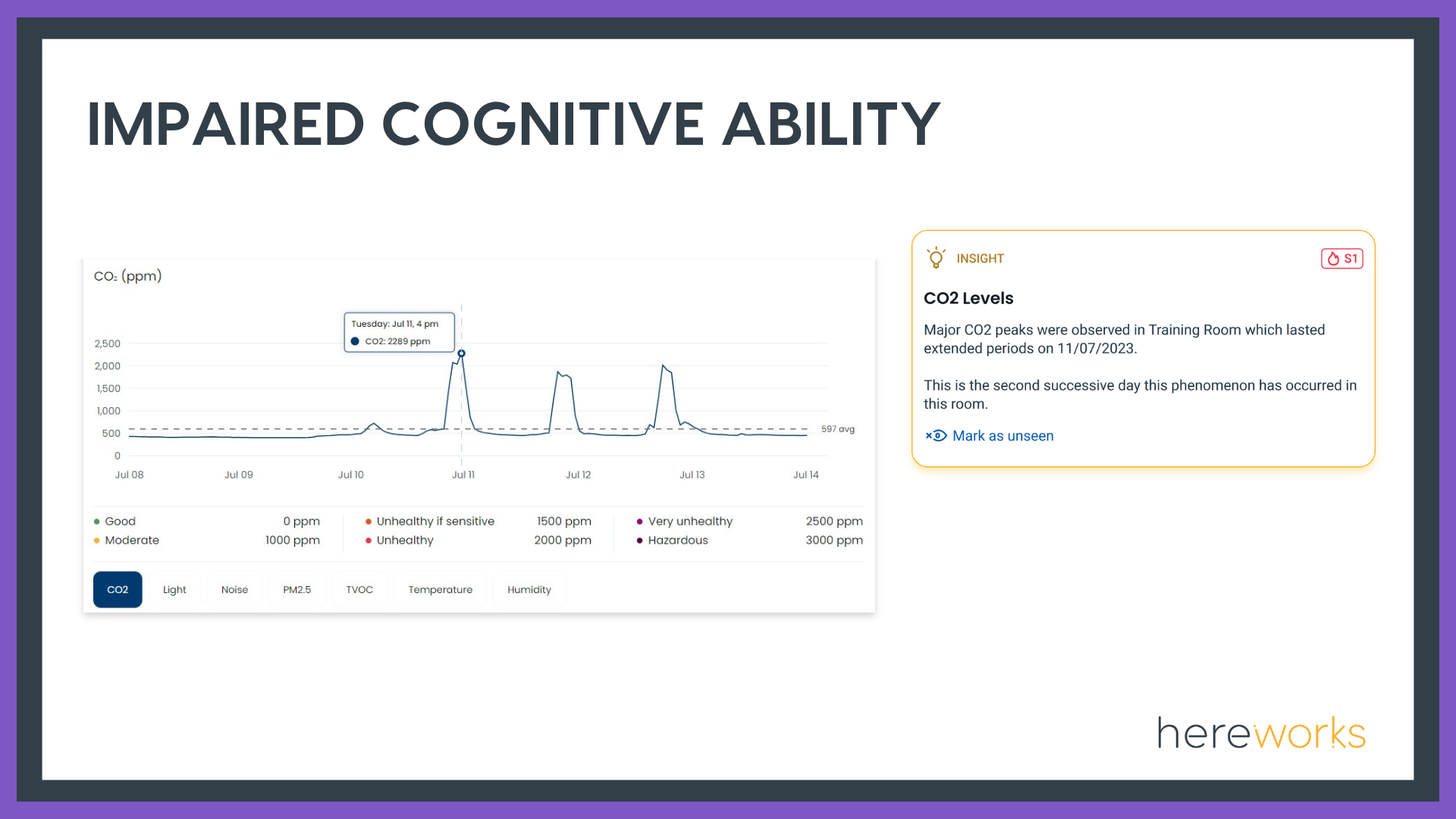
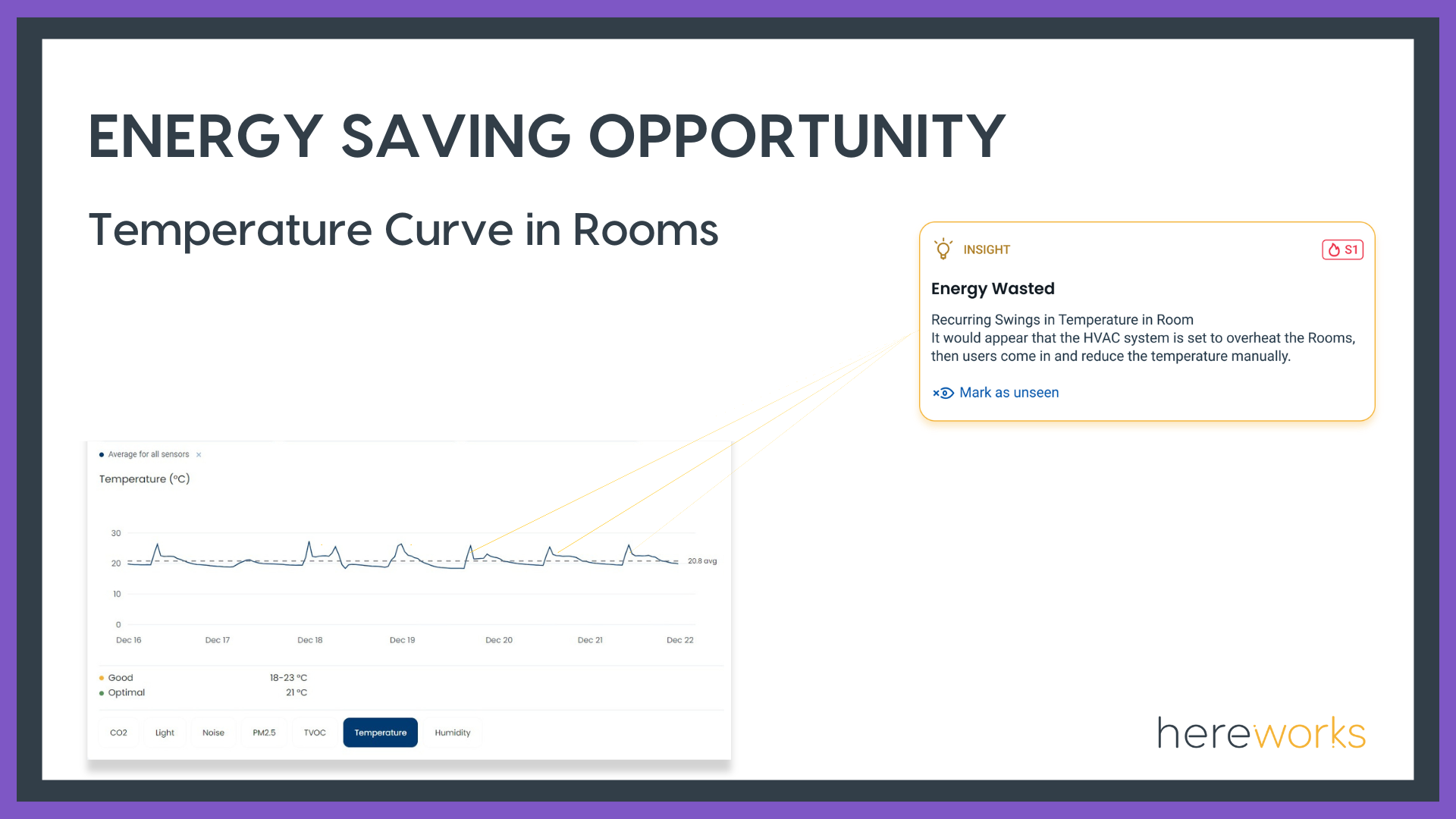

Why SWIFTHR Matters
The traditional focus on cost and operational efficiency fails to address the largest potential return on investment (ROI): employee well-being. Healthy, comfortable employees are more productive, experience lower absenteeism, and are more likely to stay with the company. SWIFTHR enables organisations to:
- Break down silos and foster collaboration across departments.
- Take a proactive approach to managing insights that impact workplace conditions.
- Demonstrate a commitment to employee well-being, fostering trust and engagement.
- Actually implement real change from smart building data-driven insights.
Empowering your Workforce
SWIFTHR also advocates for democratising smart building data by sharing insights with occupants. Transparency around metrics like air quality, temperature, or sustainability performance enables employees to adapt their work practices based on real-time information, and feel more connected to sustainability efforts and workplace initiatives.
Reimagining Facility Management Contracts
For SWIFTHR to succeed, organisations must rewrite facility management contracts to allow for proactive, data-driven interventions throughout the building’s lifecycle. Combining this with HR leadership ensures that insights are acted upon promptly and effectively, delivering sustained ROI.
Make People the Focus
SWIFTHR represents a paradigm shift in smart building management, prioritising the human experience while maintaining operational excellence. By integrating HR into the decision-making process and fostering cross-departmental collaboration, SWIFTHR transforms insights into actions that benefit both employees and organisations.
The future of smart buildings isn’t just about technology – it’s about people. Let’s make them the focus.
Learn more about SWIFTHR from Tomás Mac Eoin’s presentation at the Smart Building Conference in early 2024.
Explore the possibilities with Hereworks – where technology meets transformation. Reach out to us today, and together, we can illuminate a more vibrant, connected, and sustainable future.
Categories
Share this article
Feature Posts

